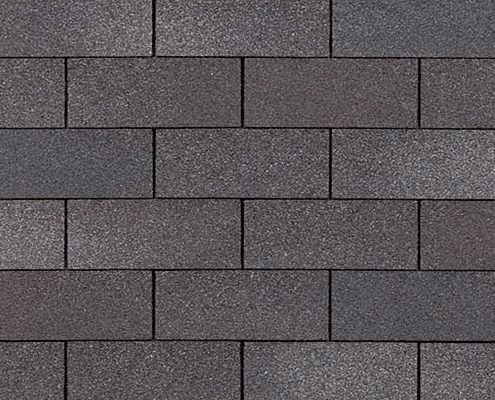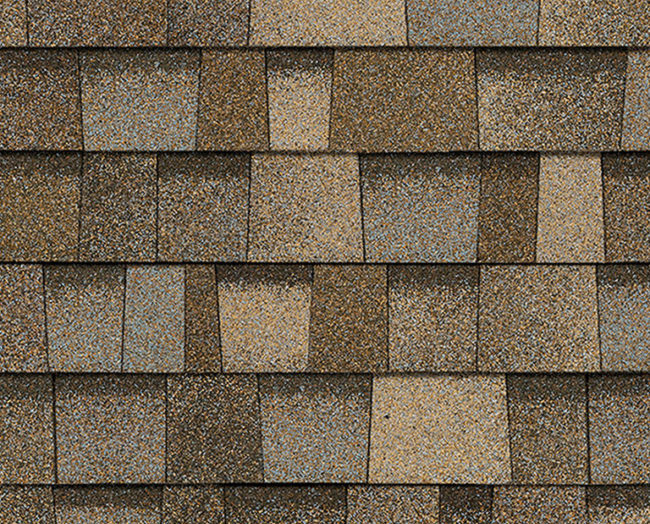Your home is likely the largest investment that you’ll ever make, so it’s important that you protect your investment with routine upkeep and maintenance. While professional installation, maintenance and roof repair will provide you with years of valuable service, there are a number of factors that can affect how long your roof will last. Regardless of whether you want to replace your roof for structural or aesthetic reasons, it’s important to know how your decision will increase the value of your home.
Signs You May Need A New Roof
Depending on the length of time that you own your home, and the quality of installation and materials used to install your last roof, you may eventually find yourself in need of a roof replacement. The question is: how do you know when it’s time to replace your roof? Like most other types of home repairs, your roof will provide you with any number of warning signs that replacement is imminent — some are subtle while others are glaringly obvious.
Age: Although different types of shingles have a different lifespan, asphalt shingles tend to be the most popular, typically lasting between 20 and 30 years.
Deterioration: Visible wear or damage to your shingles such as curling, breakage, missing shingles or granules in the gutter are all signs that something is amiss.
Moss or algae growth: While this issue is purely cosmetic, many new shingles are algae-resistant. So, if your roof has algae, it will be a dead giveaway that your roof isn’t quite new. In this instance, a new roof is more likely to increase the value of your home based on aesthetics, regardless of whether or not it’s at the end of it’s usable lifespan.
Sagging: This issue is structural and is indicative of a bigger problem. Call for a comprehensive roof inspection to determine the source of the issue and for a potential roof replacement.
How Much Value Can A New Roof Add?
When you consider how important your roof is to the integrity and safety of your home, its value becomes apparent. But just how much more value will a new roof add to your current home?
Contributing Factors
There are a number of variables which will help determine the return on your investment, including:The condition your current roof is in, as a more substantial upgrade will bring more value. More expensive homes may see a higher increase in value, as buyers are more willing and able to pay for a home that doesn’t require repairs. Choice of roofing style and materials matters, as those which are more visually appealing will add greater value.
Estimations
As a general range, a new roof can add up to $12,000 to the overall value of your home, dependent on a number of factors, many of which are listed above.
Efficiency
The quality of your roofing materials and insulation contribute to the efficiency of your home, preventing heat transfer and effectively lowering your cost of energy. The addition of rooftop solar panels can result in extra savings and may be appealing to buyers.
Reasons To Get A New Roof
In addition to the potential resale value of your home, there are a number of other great reasons to consider installing a new roof:
Curb appeal: With so many available color and style choices, you can instantly transform the look of your home with a new, quality roof installation.
Warranty: Enhancements to the quality of new roofing materials have helped extend their lifespan, and length of warranties. A standard warranty for asphalt shingles was once between 15 and 20 years, but high-quality asphalt shingles now come with warranties of up to 50 years.
Peace of mind: There’s no need to wait until the last minute to replace your roof. Whether you plan to sell your home in the near future, want to update your home’s exterior to match the style and age of other homes in your area, or want to protect the integrity of your home, a new roof can add immeasurable value to your home.
The professionals at Stonewater Roofing are highly skilled and experienced with exterior renovation, roofing assessment and installation. We can perform a free in-depth inspection of your roof and let you know its condition and provide a free estimate for its replacement.






